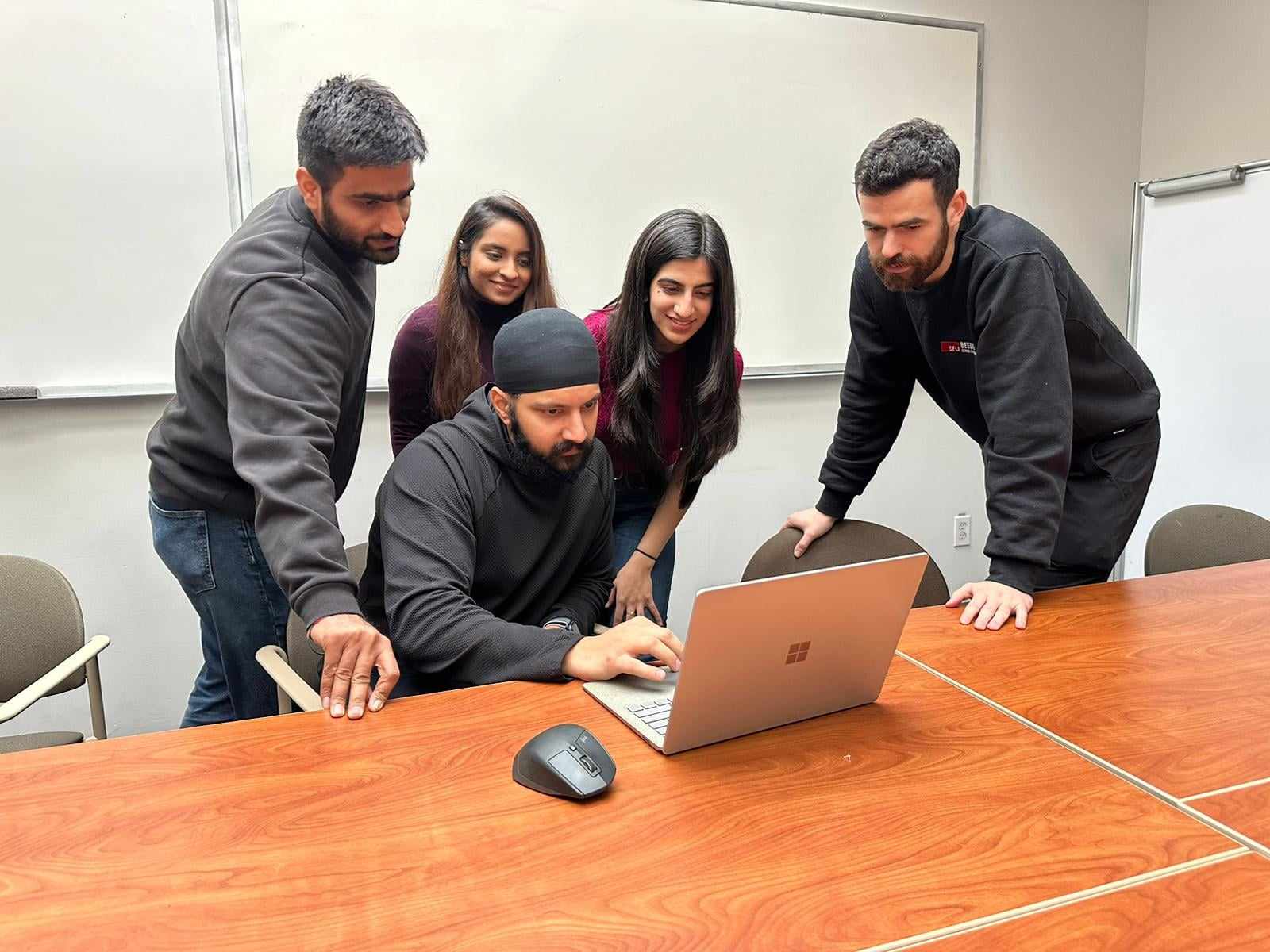One of the many enjoyable aspects of an MBA is the opportunity to work in teams across different courses, case competitions, events, and other extra-curricular activities with your capable and resourceful team members. Not only do group projects and assignments help in building bonds and learning to collaborate with colleagues in the professional world, but they also enrich your academic experience when it comes to viewing problems from diverse perspectives and building creative solutions. In this article, I draw upon my own experience both in the FT MBA program and my previous professional roles to highlight some of the strategies that provided me with synergies when working in teams.

Setting Team Charters, Goals, and Responsibilities
Whenever setting up a new team, it is important to establish a team charter, discuss each member’s skills and competencies, and set out responsibilities accordingly. A charter outlines the overall goals and responsibilities of the entire team, and the general expectations from all members in the day-to-day activities whilst roles and responsibilities allow everyone to take ownership of parts of the project scope.
In our group settings, we always set up an overarching timeline for deliverables of a project and take them up based on expertise. Each team member oversees a particular scope of the project which they then lead by assigning tasks to team members for that scope and managing its progress. This approach allows us to hone our leadership skills and competencies in the areas that we excel in and it yields better results than if we were to randomly assign responsibilities and tasks.
Communicating and Staying on Top of Progress
When I was working with a product development team, we regularly held scrum meetings that comprised of sprint planning, daily standups, and sprint retros. During sprint planning, we held a long session to plan the tasks for the next two weeks. Moving forward, we held a short standup call every morning to update everyone on progress, what work we are currently engaged in and whether we require any adjustments or further discussions. A sprint retro was a chance to reflect on the work done so far which I will elaborate on later in this article.
As for any team, communication and time management is essential. For teams of 4-7 we utilized regular team communication tools such as Whatsapp, Zoom, and G-suite. When I was in larger teams in my previous workplaces, we used Atlassian Jira and MS Teams to keep track of task progression and regular communication. However, in all scenarios, what is essential is that regular updates and check-ins are set out to stay on top of progress and adjust whenever and wherever needed.

Resolving Conflicts and Reviewing Outcomes
Of course, there are also challenges posed when working with a diverse group as perceived differences may lead to friction amongst members. It is always important to be respectful and understanding of each other and have healthy discussions around issues that arise. Sprint retros applied by scrum teams is another useful tool that can be applied to any team. Everyone comes together to discuss what parts of the project worked well and what went wrong. The idea here is not to point fingers at anyone but rather isolate the problems to resolve them going forward as well as commend each other on the work that went well.
___________________________________________________________
About the Author

Hailing from the vibrant city of Dhaka in the heart of Bangladesh, Faraz Shafiq earned his Bachelor’s degree in Business Administration from the Institute of Business Administration (University of Dhaka) in early 2021, majoring in Marketing. He briefly served as a Content Lead in the events and publications industry at Bangladesh Brand Forum. In late 2021, Faraz joined Daraz, a South Asian e-commerce marketplace, where he collaborated with a talented team to develop engaging solutions in workforce management and food/grocery delivery platforms across South Asia.